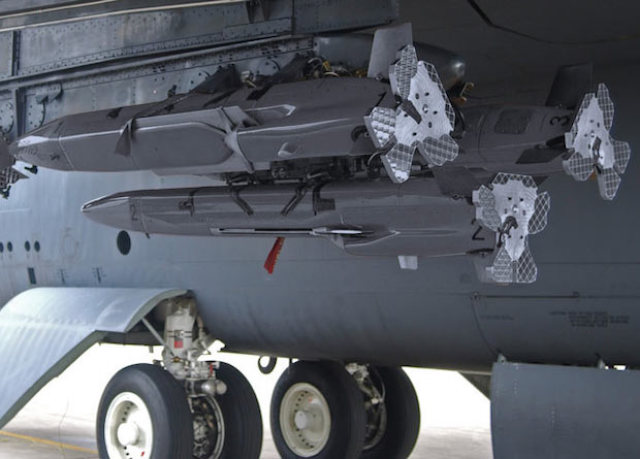The American company Pratt & Whitney will print a TJ-150 gas turbine engine on a 3D printer, which is equipped with small cruise missiles. As reported by FlightGlobal, the developers want to reduce the number of power plant parts from 400 to about six. As a result, the engine should become half cheaper.
Today 3D printing is widely used in the aircraft industry. For example, NASA in 2015 tested a rocket engine consisting of 75 percent printed parts, and two years later General Electric tested the ATP aircraft engine, about a third of which was created using 3D printing with titanium alloy. This technology made it possible to combine 855 individual parts into 12.
The TJ-150 gas turbine engine develops a thrust of 667 newtons. Such power plants are, among other things, on MALD decoy missiles and small SPEAR cruise missiles.
Pratt & Whitney is going to create the TJ-150 exclusively from printed parts. This project will be handled by its GatorWorks division, which is engaged in rapid prototyping. She had already tried to print a combustion chamber for the TJ-150 on a 3D printer, but the results were far from perfect.
The developers want to reduce the number of TJ-150 parts from 400 to about six, which should halve the cost of the engine. GatorWorks hopes to test the printed engine before the end of the year.
Russia also prints small-sized gas turbine engines, such as MGTD-20. Earlier we wrote about his tests on the A30 drone.
Vasilisa Chernyavtseva

